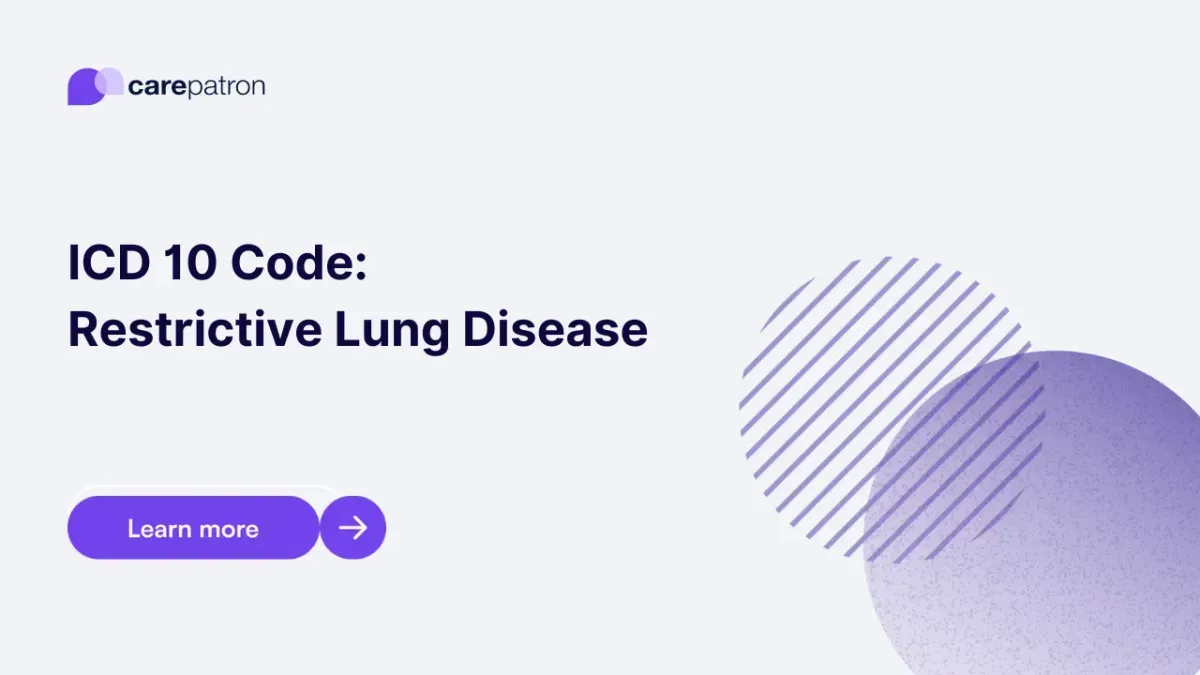
Restrictive Lung Disease ICD-10-CM Codes
Explore the ICD-10-CM codes commonly used for diagnosing and documenting restrictive lung diseases.
Use Code
Commonly asked questions
ICD-10-CM codes for restrictive lung diseases should be used for medical documentation, accurate diagnosis, treatment planning, and billing.
Common treatments often involve managing the underlying cause and providing supportive therapy such as supplemental oxygen or respiratory rehabilitation. Medications like corticosteroids may also be prescribed depending on the specific condition.
A diagnosis code for restrictive lung disease categorizes the particular type of restrictive lung condition being addressed. These codes are essential for healthcare providers for standardized diagnosis and treatment and are crucial for billing and statistical analysis.
EHR and practice management software
Get started for free
*No credit card required
Free
$0/usd
Unlimited clients
Telehealth
1GB of storage
Client portal text
Automated billing and online payments
